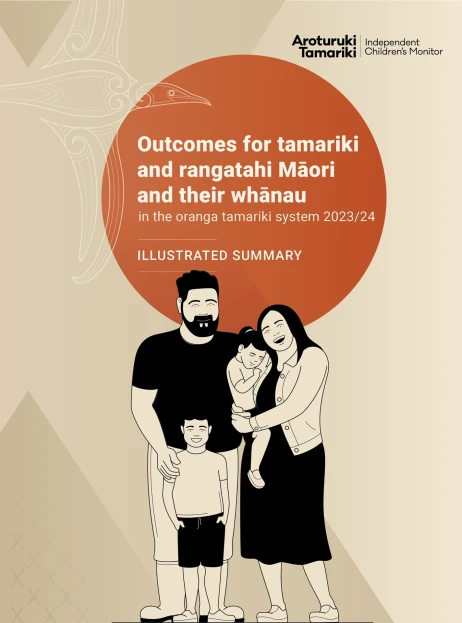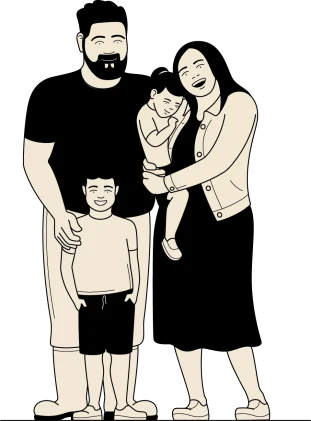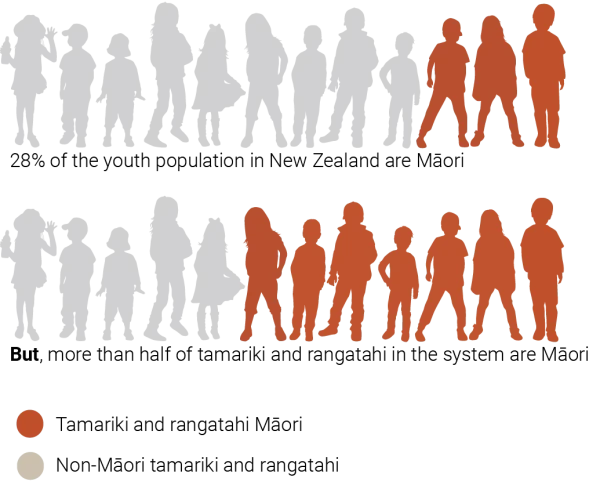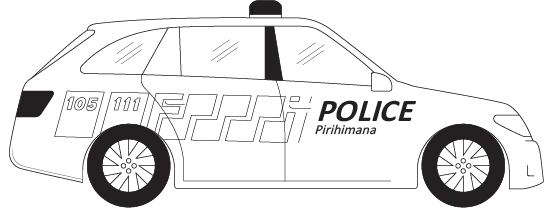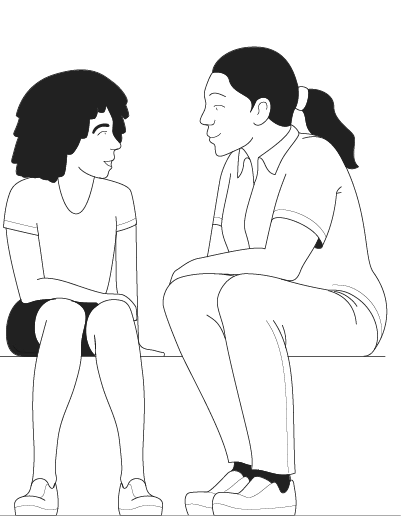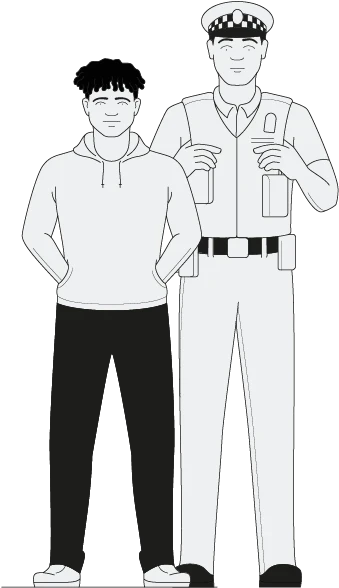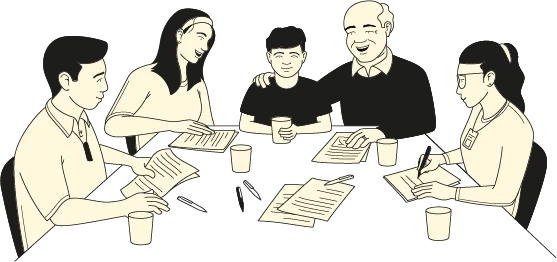The oranga tamariki system is the name for the work that Oranga Tamariki and other agencies do to keep (children) and (young people) safe and well. It also includes what NZ Police do when tamariki and rangatahi might have broken the law.
Tamariki and rangatahi get involved in the oranga tamariki system when someone lets Oranga Tamariki know they are worried about their safety or wellbeing, or when they get into trouble with the NZ Police.
This report looks at how well the oranga tamariki system is meeting the needs of tamariki and rangatahi Māori and their .
